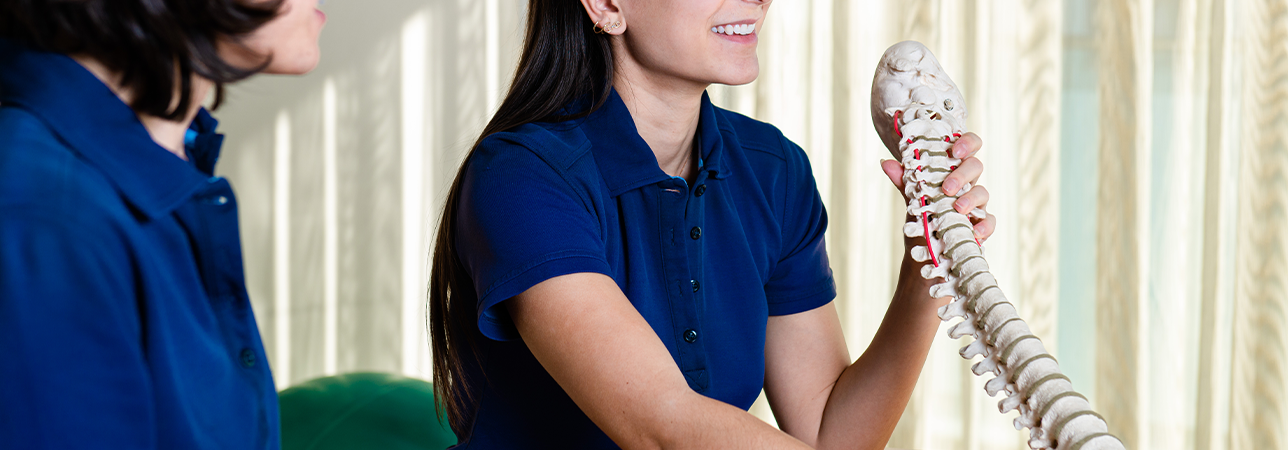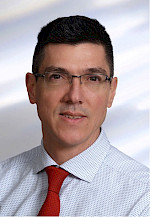Treatments
There are many factors that determine if and how scoliosis needs to be treated. Which treatment is suitable is determined according to the age of the patient, as well as the degree of severity, probable progression of the disease and the risk involved.
Age and progression
Mild scoliosis is not treated in adults, as it is highly unlikely to worsen over time.
As the spine is still developing in children, growth spurts can displace vertebrae. As this can lead to muscle imbalance, it is important to start preventive treatment.
The aim of scoliosis treatment is to prevent worsening and correct the deformity. Follow-up checks during and after treatment are therefore important.
Conservative therapies
Where the angle of curvature is less than 20 degrees, physiotherapy is the most appropriate treatment for scoliosis. Specific exercises are used to strengthen the muscles and improve the posture of the body.
If the curve is diagnosed as between 20 and 25 degrees and the curvature is expected to progress, a brace made from lightweight plastic is used. The brace counteracts the twisting of the spine.
Here, the patient’s cooperation is a crucial factor to the success of the treatment. The brace must be worn for 22 hours a day. Physiotherapy is also used to help build up the muscles.
Surgical treatments
The aim of the surgical treatment is to correct and stabilise the shape of the spine as far as possible. The procedure is performed either from the back or from the side via the abdomen or chest.
In special but rare cases where there is no relevant instability, a procedure known as microsurgical decompression can also be used to help improve the current condition. In most patients, decompression is performed carried out alongside the fusion of multiple spinal segments. The combination of both of these techniques creates a stable axis for the spine.
During the procedure, there are various place holders that can be used to maintain the position of the spine, such as titanium and rod-screw systems. With the help of these techniques, the original height and inclination of the intervertebral discs are restored. This leads to a ‘fusion’ of the neighbouring vertebrae. Fixation brings the spine back to its original position.



